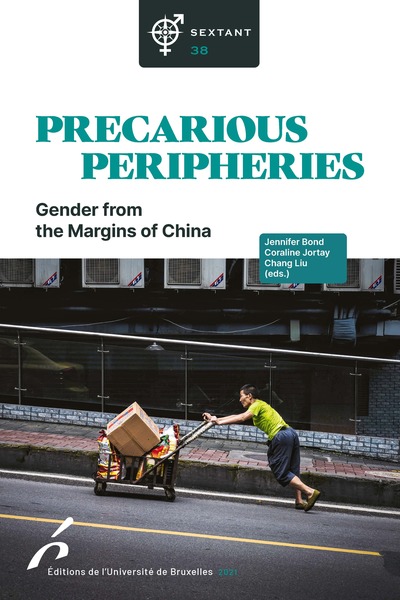- EAN13
- 9782800417776
- Éditeur
- Editions de l'Université de Bruxelles
- Date de publication
- 1 décembre 2022
- Collection
- Sextant
- Dimensions
- 24 x 16 x 1 cm
- Poids
- 310 g
- Langue
- eng
Precarious Peripheries, Gender From The Margins Of China
Jennifer Bond, Coraline Jortay, Chang Liu
Editions de l'Université de Bruxelles
Prix public : 23,00 €
The construction and imagination of China’s margins – ethnic, political, socio-cultural, geographical, religious – has long engrossed China scholars, from anthropological works such as William Skinner’s classic study of historical geography and the macro region model, to travel writers from Marco Polo to San Mao, to ethnographies of Chinese minorities and new Qing histories. In recent years, academic attention has widened its scope to new margins including environmental histories of China’s politically contested borders, and the projection of China’s soft power in contemporary science fiction that claims space as the newest frontier of the Sinosphere. However, relatively little attention has been paid to the role of gender in imagining and creating China’s shifting centers and peripheries. What and where are these margins and what role does gender play in their construction and imagination? Who are the inhabitants of the margins: minorities, women, religious groups, itinerants, disabled people and the poor? In what ways does gender condition their experience of the peripheral spaces in which they operate? What are the social and gendered implications of traversing these boundaries – personal, political or physical? How do marginal actors negotiate their place at the borders and what is the impact of their positioning and perspectives on the very conception of Chineseness? A gendered perspective can better help scholars to transverse and dissect the borders of China, historically, socially, politically and geographically, and throw new light onto their fluid and permeable construction across time and space.


















